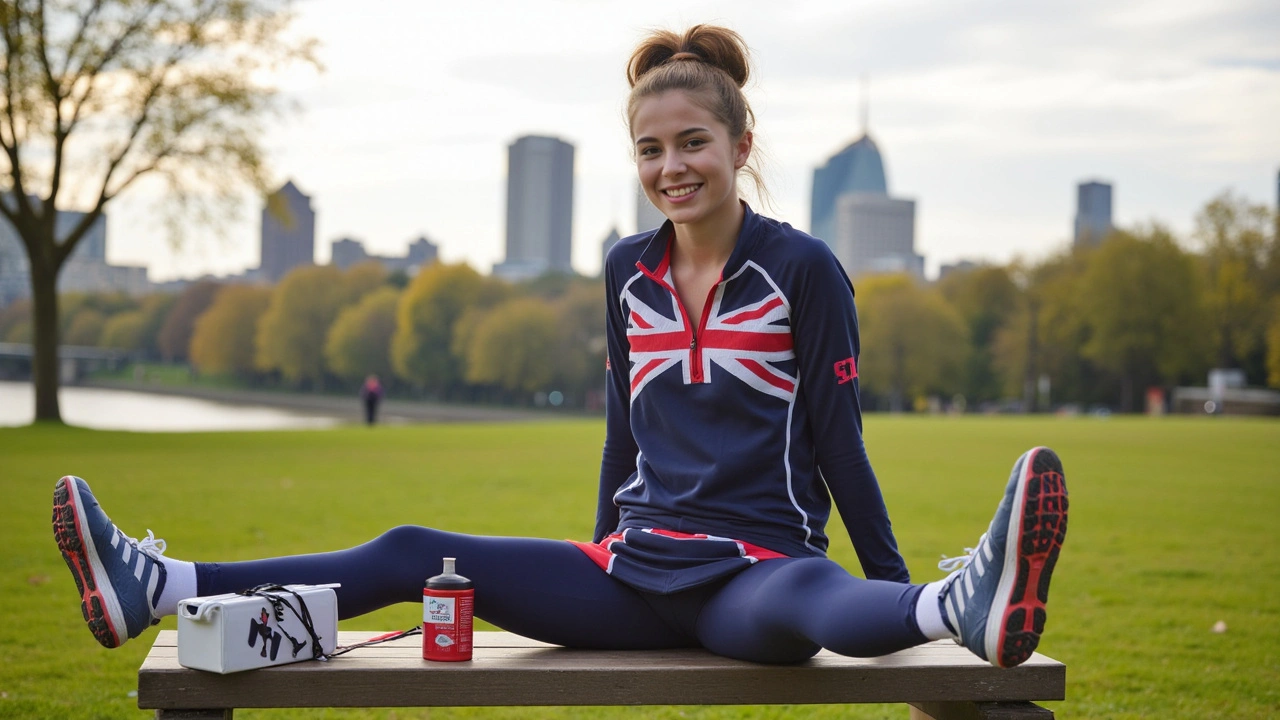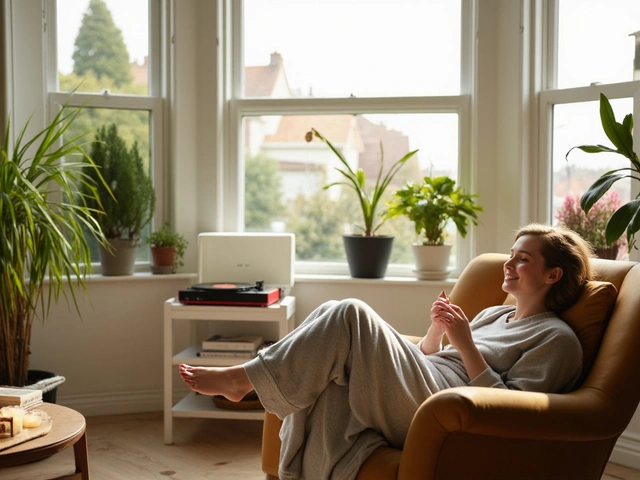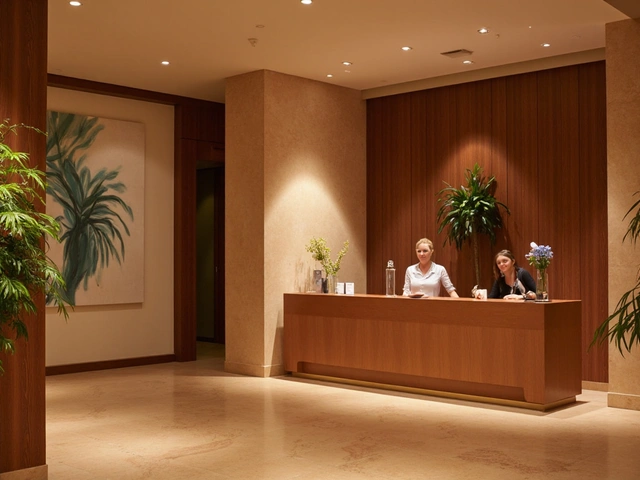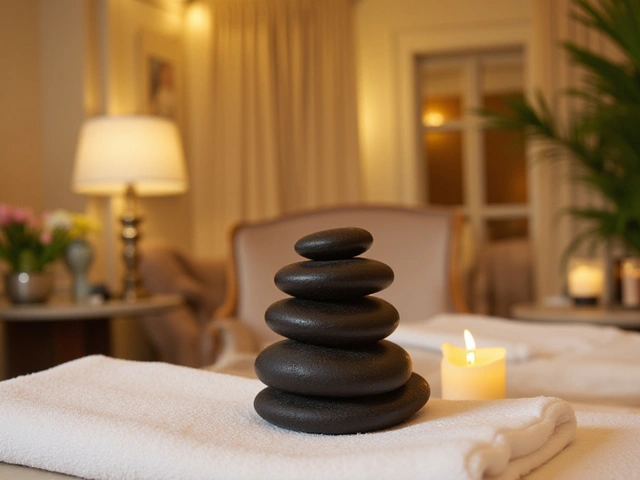Athlete Performance – Boost Your Game with Sports Massage in London
If you’re chasing better times, stronger lifts, or just want to stay injury‑free, sports massage might be the missing piece. It isn’t a magic fix, but it does help muscles recover faster and stay flexible. In London, you have plenty of therapists who know how to work with athletes, from weekend joggers to pro players. Let’s break down why it matters and how you can get the most out of a session.
Why Sports Massage Matters for Athletes
First off, a good sports massage targets the muscle groups you use most in training. By applying pressure and movement, the therapist boosts blood flow, which carries oxygen and nutrients to tired fibers. That extra circulation speeds up the removal of waste products like lactic acid, so you feel less sore after a hard workout.
Second, regular sessions help keep joints supple. Tight hamstrings or tight hip flexors can throw off your running form, leading to knee or lower‑back pain. A therapist can loosen those areas, improving your range of motion and making your technique smoother.
Third, it’s a mental reset. The hands‑on pressure releases endorphins, which lift mood and reduce stress. When you’re less stressed, sleep improves, and better sleep means better performance the next day. It’s a simple cycle: massage → relax → sleep → perform.
Practical Tips to Get the Most Out of Your Session
Book a therapist who knows your sport. A runner needs different focus than a weightlifter, so ask about their experience with athletes. Many London clinics list specializations on their sites – use that to narrow down your choice.
Communicate clearly. Tell the therapist about any recent injuries, sore spots, or upcoming events. If a pressure feels too hard, speak up. The goal is to work *with* your body, not push it past limits.
Hydrate before and after. Water helps flush out the metabolic waste that the massage moves around. Aim for a glass of water at least 30 minutes before and another after the session.
Plan your sessions around your training cycle. A good rule is to schedule a massage 24‑48 hours after a hard workout and another 24‑48 hours before a key competition or race. This timing gives muscles time to adapt without leaving you feeling too loosened right before a performance.
Finally, stretch lightly after the massage. A few gentle moves keep the muscles in their newly relaxed state and prevent them from tightening up again quickly.
Bottom line: sports massage isn’t a luxury; it’s a tool that helps athletes recover, stay flexible, and keep a clear mind. In a city like London, where options are abundant, the right therapist can make a noticeable difference in your training results. Give it a try, follow the tips above, and watch how your performance improves over the weeks.
Looking to step up your game and recover faster? Swedish massage can be a real game changer for athletes, from weekend warriors to pros. This article breaks down how Swedish massage eases sore muscles, boosts flexibility, and helps you bounce back after tough workouts. Get real tips on what to expect in a session, how to find a great therapist, and how it stacks up against other sports recoveries. Dive in and find out if this is the missing piece in your training routine.
Read More




